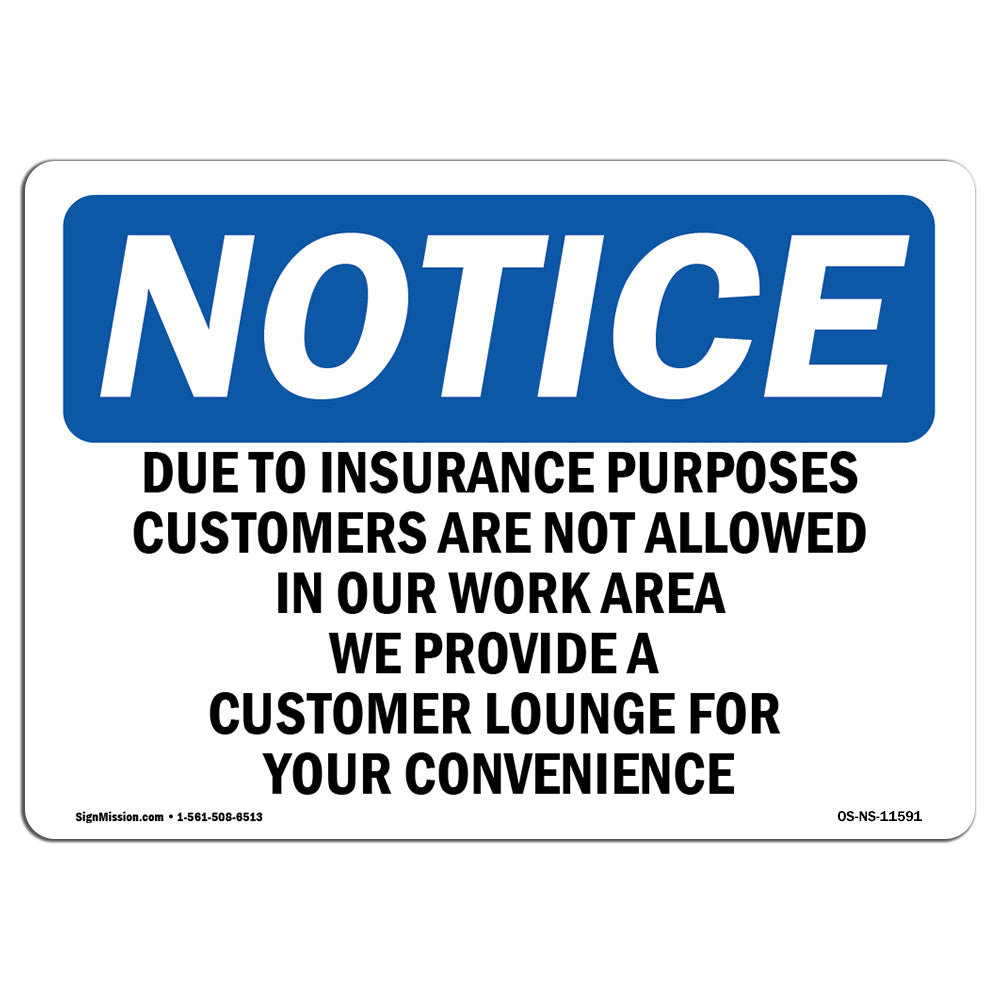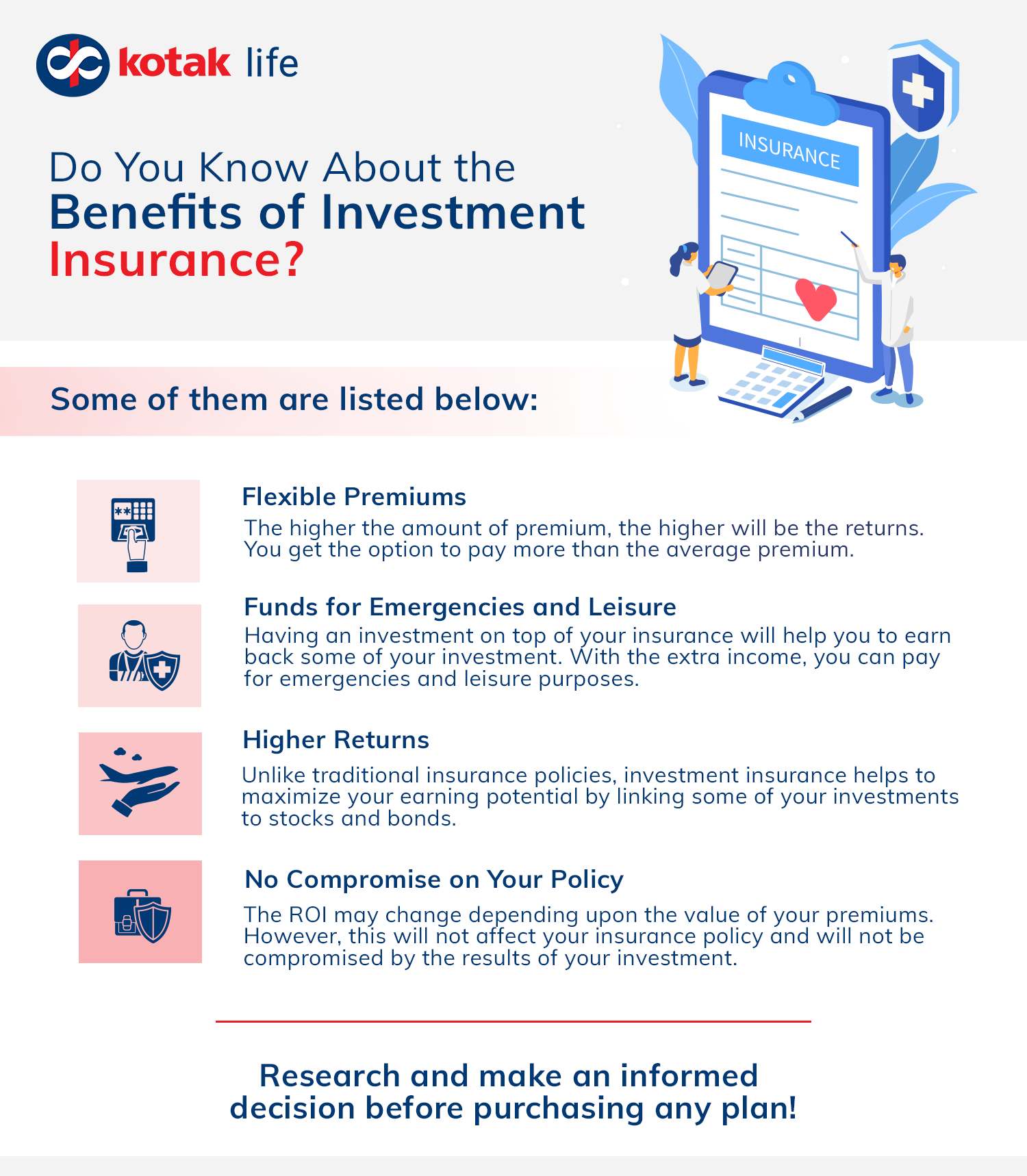6 Simple Techniques For Pacific Prime
6 Simple Techniques For Pacific Prime
Blog Article
The Ultimate Guide To Pacific Prime
Table of ContentsPacific Prime - Questions7 Easy Facts About Pacific Prime DescribedThe Greatest Guide To Pacific PrimeThe Best Strategy To Use For Pacific PrimeEverything about Pacific Prime

This is since the data were collected for a duration of strong economic performance. Of the estimated 42 million people who were without insurance, just about concerning 420,000 (regarding 1 percent) were under 65 years old, the age at which most Americans come to be eligible for Medicare; 32 million were adults between ages 18 and 65, around 19 percent of all adults in this age; and 10 million were kids under 18 years old, regarding 13.9 percent of all youngsters (Mills, 2000).
These price quotes of the variety of persons uninsured are created from the annual March Supplement to the Current Populace Study (CPS), performed by the Census Bureau. Unless otherwise noted, nationwide quotes of individuals without wellness insurance policy and percentages of the population with various type of coverage are based on the CPS, the most extensively made use of source of estimates of insurance policy protection and uninsurance rates.
The Definitive Guide for Pacific Prime

Still, the CPS is particularly helpful since it produces yearly quotes relatively rapidly, reporting the previous year's insurance coverage estimates each September, and because it is the basis for a constant collection of price quotes for greater than twenty years, allowing for analysis of patterns in protection gradually. For these factors, along with the considerable use the CPS in various other research studies of insurance protection that exist in this report, we count on CPS estimates, with constraints kept in mind.

The estimate of the number of without insurance people broadens when a population's insurance status is tracked for several years. Over a three-year period beginning early in 1993, 72 million individuals, 29 percent of the U.S. https://www.twitch.tv/pacificpr1me/about. population, were without protection for a minimum of one month. Within a single year (1994 ), 53 million individuals experienced a minimum of a month without protection (Bennefield, 1998a)
6 out of every 10 uninsured adults are themselves utilized. Working does improve the chance that one and one's household members will certainly have insurance, it is not a warranty. Even participants of households with 2 permanent wage earners have nearly a one-in-ten chance of being without insurance (9.1 percent uninsured price) (Hoffman and Pohl, 2000).
Excitement About Pacific Prime
New immigrants represent a substantial proportion of people without medical insurance. One evaluation has associated a considerable portion of the current development in the dimension of the U.S. without insurance populace to immigrants who arrived in the country between 1994 and 1998 (Camarota and Edwards, 2000). Recent immigrants (those who involved the USA within the past 4 years) do have a high price of being without insurance (46 percent), but they and their youngsters make up simply 6 percent of those without insurance coverage across the country (Holahan et al., 2001).
The partnership in between medical insurance and access to care is well established, as recorded later in this chapter. The connection in between wellness insurance and wellness end results is neither straight neither straightforward, an extensive clinical learn this here now and health and wellness services study literary works web links health and wellness insurance policy coverage to improved access to care, much better top quality, and enhanced individual and population wellness condition.
Levels of analysis for taking a look at the results of uninsurance. This discussion of health and wellness insurance policy protection concentrates primarily on the united state populace under age 65 since practically all Americans 65 and older have Medicare or other public insurance coverage. Additionally, it concentrates especially on those with no health insurance coverage for any kind of length of time.
A Biased View of Pacific Prime
The problems faced by the underinsured are in some respects comparable to those faced by the uninsured, although they are usually much less extreme. Health and wellness insurance, nonetheless, is neither required neither enough to obtain accessibility to clinical services. The independent and straight effect of health insurance policy protection on accessibility to wellness services is well established.
Others will certainly get the healthcare they require even without wellness insurance policy, by paying for it out of pocket or seeking it from companies who use treatment complimentary or at very subsidized prices. For still others, health insurance alone does not make sure invoice of care as a result of various other nonfinancial barriers, such as a lack of health and wellness treatment carriers in their community, restricted accessibility to transportation, illiteracy, or linguistic and cultural differences.
The 25-Second Trick For Pacific Prime
Official research about uninsured populaces in the United States dates to the late 1920s and very early 1930s when the Committee on the Expense of Healthcare generated a series of reports regarding funding doctor office visits and hospitalizations. This issue came to be salient as the varieties of clinically indigent climbed up throughout the Great Depression.
Report this page